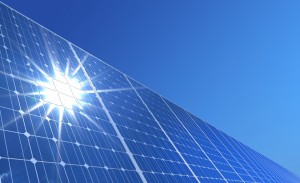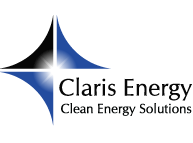 The popularity of solar installations in the US for both residential and commercial use has been surging over the past few years. The energy efficient tax credit that such improvements give access to, as well as the sustainable electricity production have both resulted in growing solar installations investment.
The popularity of solar installations in the US for both residential and commercial use has been surging over the past few years. The energy efficient tax credit that such improvements give access to, as well as the sustainable electricity production have both resulted in growing solar installations investment.
What does the future have to hold for this kind of electricity production? Homeowners and other individuals interested in executing sustainability projects involving solar property have a couple of great opportunities to make use of in 2015.
The Residential Renewable Energy Tax Credit
The Residential Renewable Energy Tax Credit gives homeowners interested in sustainability projects a stimulus for the purchase and the installation of solar property. This credit is valid for the systems that have been placed in service prior to the end of 2016.
There is no maximum energy tax credit for such systems and a homeowner can install solar property in a primary residence, a second home or a vacation property. Incentives are also available for the homeowners that install solar water-heating property.
The rebate amount under this incentive is 30 percent of the qualified expenditure for system purchase, labor costs and installation.
If the credit is higher than the amount that an individual owes in taxes, it can be carried forward to the next year. It’s unclear whether any unused credit will be carried forward after the end of the program in 2016.
Opportunities for Commercial System Installations
Tax credits for solar system purchases are also available for commercial installations. The solar investment tax credit is also available through the end of 2016 and it applies to the installation of both photovoltaic energy production systems and water heating equipment. There could be some differences between the energy tax credit available for residential and the one for commercial entities. Talking to a tax professional about the rules, as well as about the ability to carry the tax credit forward is the best policy in terms of maximizing the benefits from the opportunity.
Other Initiatives and Benefits of Solar Installations
Grants and other taxation incentives are available to investors interested in developing sustainable energy production through the use of photovoltaics.
State incentive programs are available and these vary from one part of the country to another. The New York State Incentive Program, for example, is available through the end of 2015. Florida is another state that has lucrative opportunities for the production of energy through solar installations. Checking local incentives, their conditions and the qualification requirements will determine whether the project will give access to some energy tax credit.
The Obama administration has proposed billions in additional funds for alternative energy production stimuli. Some of these new opportunities will probably be announced in the beginning of 2015, giving investors even better conditions for the execution of such projects.
The prominence of solar power production will continue growing in the years to come. Investing in this kind of installation right now will help you save money and give you access to additional stimuli. The energy tax credit is just one of those opportunities.
Steve Nanos
Latest posts by Steve Nanos (see all)
- LED Lighting – A Great EPAct 179D Qualification Possibility - February 3, 2015
- 45L Credit Requirements for Begun Constructions - January 29, 2015
- Can Section 179D Incentives Help Businesses Save a Lot of Money? - January 27, 2015

 609.275.8484
609.275.8484